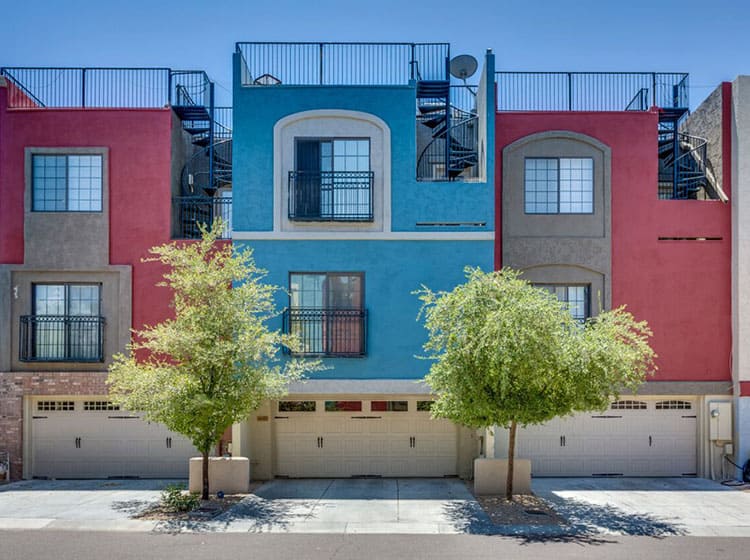Learn Just How Seasonal Aspects Affect Industrial External Paint Success And Uncover The Most Effective Times To Make Sure Long-Term Outcomes For Your Project
Learn Just How Seasonal Aspects Affect Industrial External Paint Success And Uncover The Most Effective Times To Make Sure Long-Term Outcomes For Your Project
Blog Article
look at here -Leach Bagger
When you're planning a commercial outside paint task, seasonal elements can make or damage your results. You'll wish to consider just how temperature and humidity effect paint application and drying times. Picking the ideal season can guarantee your paint sticks correctly and lasts longer. Yet which seasons are genuinely the best for this type of job? Allow's check out the key elements that can influence your task's success.
The Effect of Temperature on Paint Application
When you're intending an industrial external paint project, the temperature level can dramatically influence exactly how well the paint sticks and dries.
Preferably, you want to paint when temperatures vary between 50 ° F and 85 ° F. If it's too cold, the paint might not cure properly, leading to concerns like peeling or fracturing.
On the other hand, if it's also hot, the paint can dry as well rapidly, protecting against correct bond and leading to an uneven finish.
You need to also consider the moment of day; morning or late afternoon offers cooler temperatures, which can be extra beneficial.
Always examine the producer's referrals for the certain paint you're utilizing, as they typically provide assistance on the suitable temperature level range for ideal results.
Humidity and Its Impact on Drying Times
Temperature level isn't the only ecological variable that influences your industrial outside paint task; humidity plays a significant duty as well. High moisture degrees can reduce drying times substantially, affecting the total high quality of your paint work.
When the air is filled with dampness, the paint takes longer to heal, which can result in concerns like poor attachment and a greater risk of mold growth. If you're painting on a particularly damp day, be gotten ready for prolonged wait times between coats.
It's important to check regional weather conditions and plan appropriately. Preferably, go for humidity levels in between 40% and 70% for optimal drying.
Keeping these factors in mind ensures your project remains on track and provides an enduring finish.
Best Seasons for Commercial Outside Painting Projects
What's the best time of year for your commercial external paint projects?
Springtime and early loss are generally your best options. Throughout these seasons, temperatures are light, and humidity degrees are frequently lower, creating ideal conditions for paint application and drying out.
Prevent summer's intense heat, which can trigger paint to completely dry too promptly, causing inadequate bond and surface. Similarly, wintertime's cool temperature levels can prevent appropriate drying and curing, taking the chance of the longevity of your paint job.
Go for days with temperature levels in between 50 ° F and 85 ° F for ideal results. Keep in https://emilianoppwyd.blogtov.com/15552808/enhancing-your-building-s-outside-via-business-paint-can-significantly-improve-its-beauty-and-well-worth-however-what-additional-advantages-might-it-offer-your-service to inspect the local weather prediction for rain, as wet conditions can spoil your task.
Preparation around these factors ensures your paint task runs efficiently and lasts longer.
Verdict
Finally, planning your commercial external painting tasks around seasonal considerations can make a substantial distinction in the outcome. By organizing work during the ideal temperatures and humidity degrees, you'll make certain better adhesion and drying out times. Keep in mind to watch on regional weather forecasts and pick the right time of year-- spring and early fall are your best choices. Taking these actions will certainly help you achieve a resilient and specialist finish that lasts.
